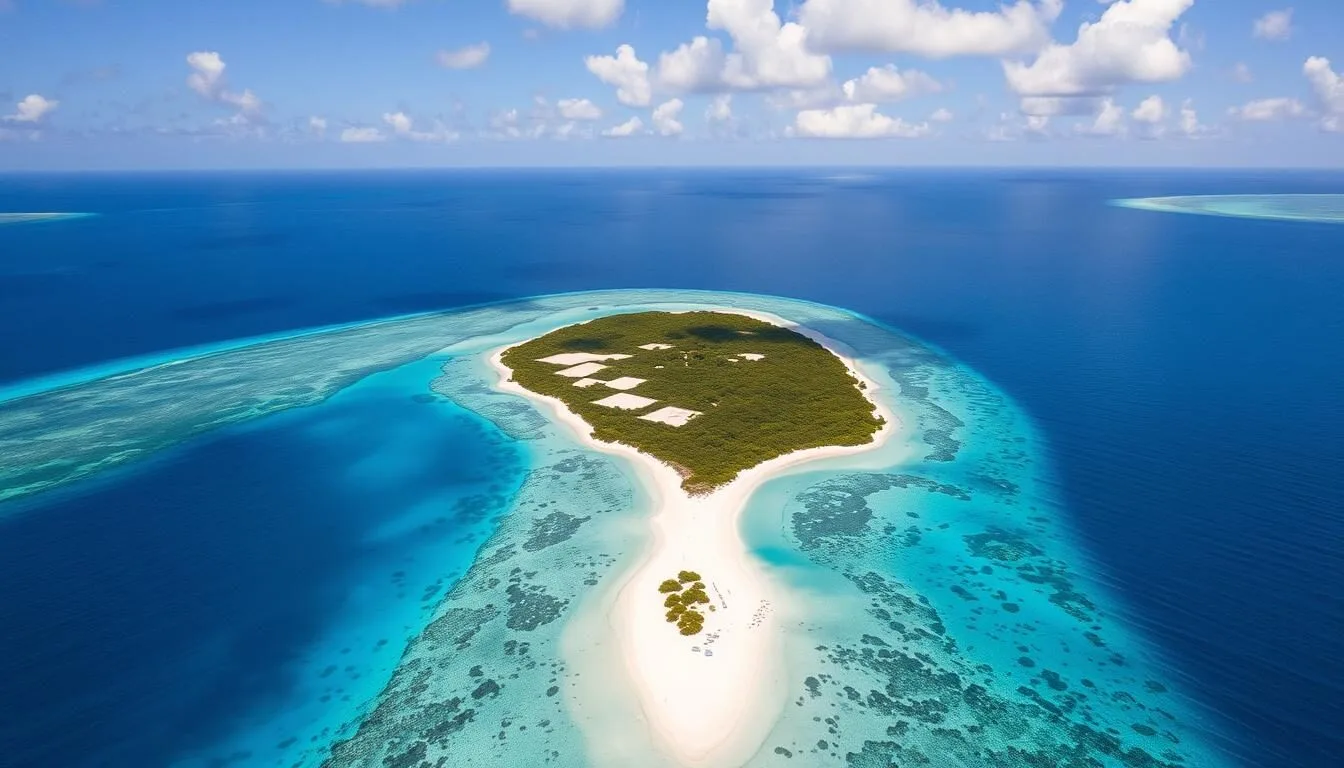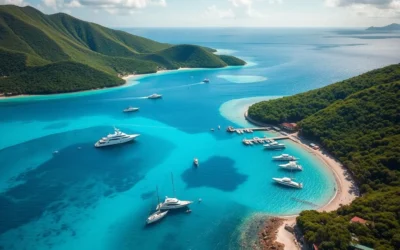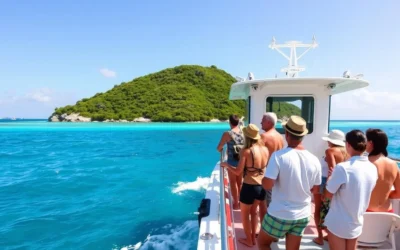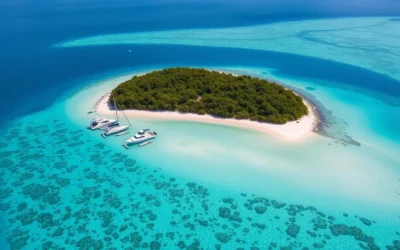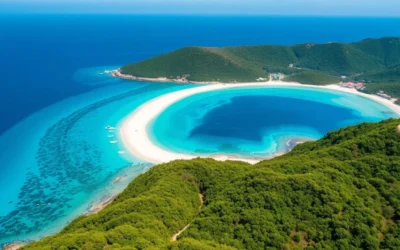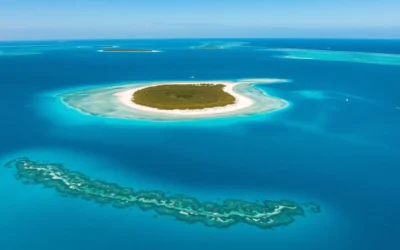Did you know Salt Island once supplied salt to Queen Victoria? Today, its abandoned salt ponds and shipwreck tales make it one of the Caribbean’s most intriguing hidden gems. This small T-shaped island, just five miles from Tortola, offers a unique glimpse into British Virgin Islands history while providing adventurous travelers with world-class diving, pristine beaches, and an authentic off-the-grid experience unlike anywhere else in the Caribbean.
Getting There & Planning Your Journey
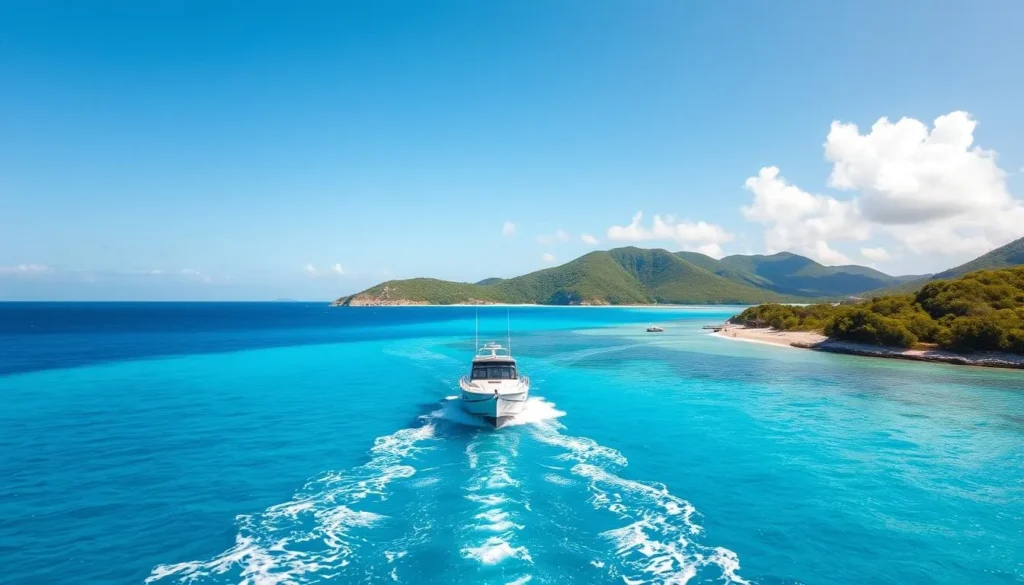
Reaching Salt Island requires a bit of planning, as there’s no regular ferry service. The most common approach is chartering a boat from Tortola, the main island of the British Virgin Islands. Most visitors arrange day trips through local operators who provide transportation and guided exploration.
For the most flexibility in your BVI adventure, consider booking flights to Terrance B. Lettsome International Airport on Beef Island (connected to Tortola by bridge). From there, you’ll need to arrange boat transportation to Salt Island.
Ready to Start Your Salt Island Adventure?
Find the best flight deals to the British Virgin Islands and begin your journey to this hidden Caribbean gem.
Pro tip: Many visitors combine Salt Island with stops at other nearby islands like Norman Island or Peter Island as part of a multi-island day charter. This maximizes your experience while making the most of your transportation costs.
Best Time to Visit & Weather Tips
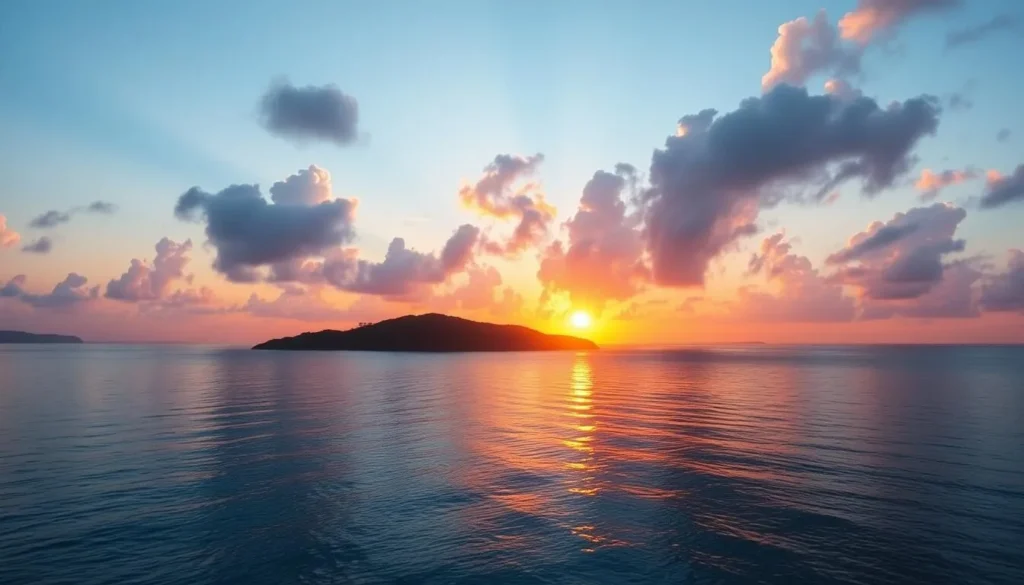
Salt Island enjoys a tropical climate with temperatures ranging from 75°F to 85°F (24°C to 29°C) year-round. The best time to visit is during the dry season from December to April when you’ll experience minimal rainfall and perfect conditions for outdoor activities.
The island’s salt ponds are most impressive during the early spring (March-April), which historically was salt harvesting season. This timing allows you to see the ponds at their most photogenic, with crystalline salt formations visible along the edges.
Weather Warning: Hurricane season runs from June to November, with the highest risk period being August through October. During these months, boat charters may be limited or canceled due to weather conditions. Always check weather forecasts before planning your trip.
Don’t miss: If visiting between January and March, keep an eye out for humpback whales that sometimes pass near the island during their annual migration.
Getting Around Locally
Salt Island is small and uninhabited, with no roads, vehicles, or commercial infrastructure. All exploration is done on foot via informal trails. The island can be traversed in a few hours, making it perfect for a day trip.
Your boat captain will typically drop you at one of two locations:
While rental cars aren’t needed on Salt Island itself, you might want one for exploring Tortola before or after your Salt Island excursion.
Explore Tortola Before Your Salt Island Trip
Rent a car to discover Tortola’s attractions before heading to Salt Island.
Where to Stay
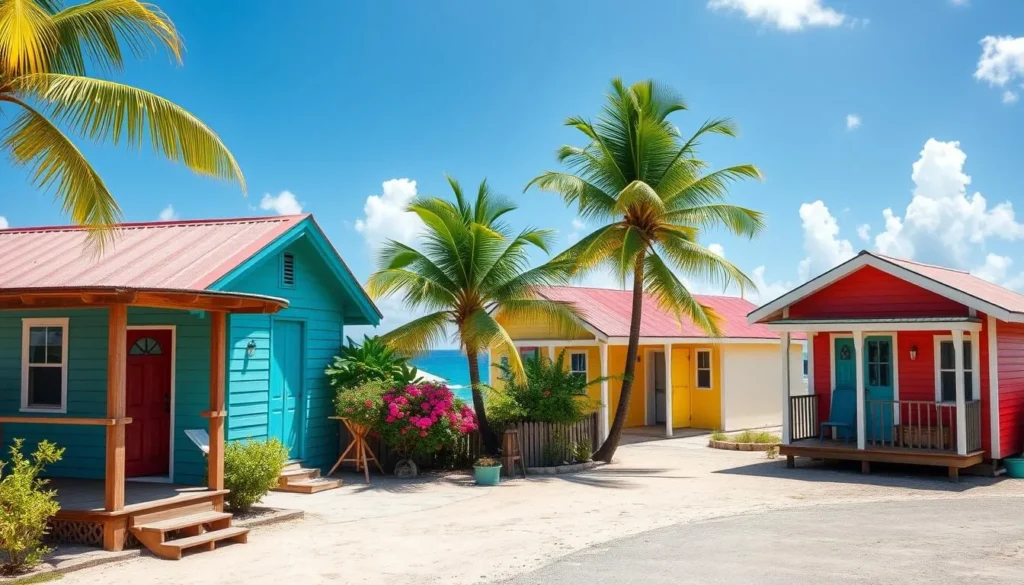
Salt Island has no accommodation options as it remains uninhabited. Most visitors stay on nearby Tortola or other populated British Virgin Islands and visit Salt Island as a day trip. Here are your best options:
Tortola
The main island offers the widest range of accommodations from luxury resorts to budget-friendly guesthouses. Road Town provides convenient access to boat charters heading to Salt Island.
Virgin Gorda
Known for upscale resorts and the famous Baths, Virgin Gorda is another excellent base. Though slightly farther from Salt Island, many boat tours can include both destinations.
Peter Island
This nearby private island resort offers luxury accommodations and can arrange custom boat trips to Salt Island for guests seeking an exclusive experience.
Find Your Perfect BVI Home Base
Browse accommodations on nearby islands for your Salt Island adventure.
Shipwreck Diving Secrets: The RMS Rhone
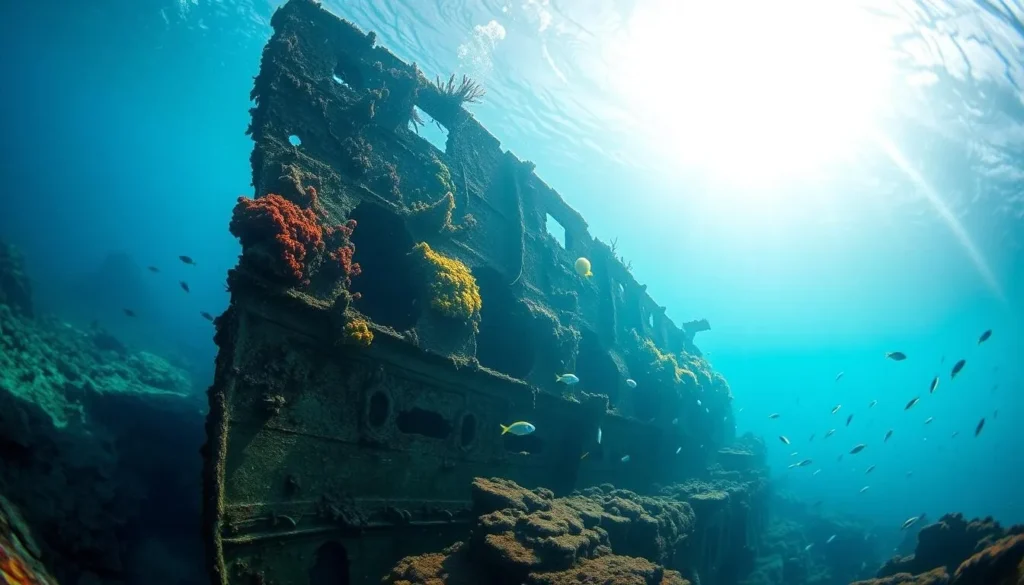
The wreck of the RMS Rhone is undoubtedly Salt Island’s crown jewel and one of the Caribbean’s most celebrated dive sites. This 310-foot royal mail steamer sank during a hurricane in 1867 and now rests in three sections off Salt Island’s western coast.
Diving Experience Levels
What You’ll See
“The Rhone is widely considered the best shipwreck dive in the Caribbean, offering an unparalleled combination of history, marine life, and underwater photography opportunities.”
Don’t miss: Look for the lucky porthole – tradition says rubbing it brings good fortune to divers. Also, night dives reveal an entirely different ecosystem as nocturnal creatures emerge from hiding.
Booking Tip: Most dive operators visit the Rhone daily, but for the best experience, book with companies that limit group sizes and avoid peak hours (9am-noon).
Salt Harvesting History Tour
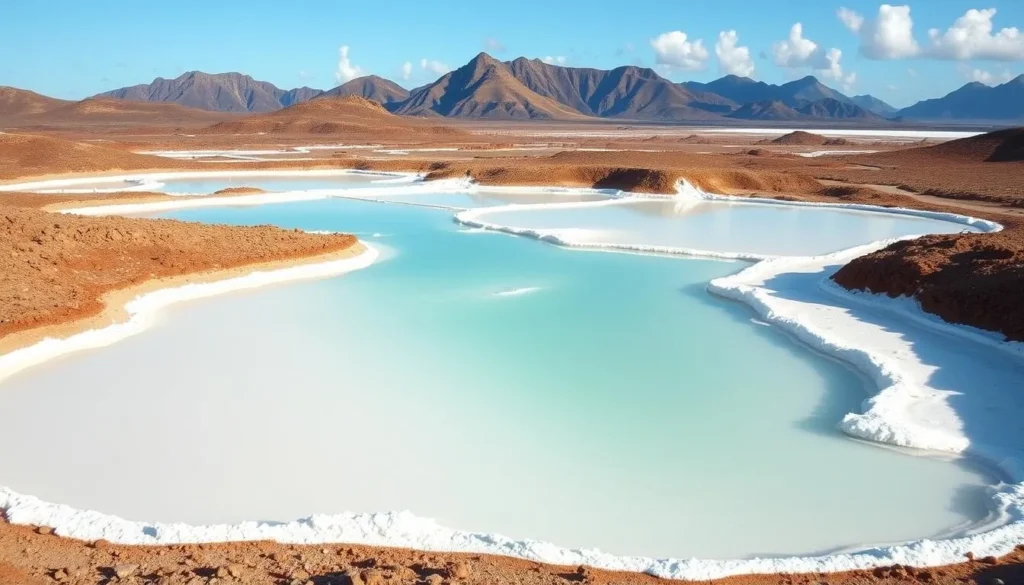
Salt Island earned its name from the large salt pond that dominates its center. For centuries, this natural resource was the island’s economic lifeblood, with harvested salt used to preserve fish and meat throughout the Caribbean.
Until the mid-20th century, Salt Islanders harvested up to 1,000 pounds of salt annually. The tradition was so significant that the island’s residents paid an annual rent to Queen Victoria in the form of one pound of salt – a practice that symbolically continues today.
The best time to see the salt ponds in their full glory is during the dry season (January-April) when evaporation creates visible salt crystals around the edges. Bring a camera – the contrast between the white salt, reddish soil, and blue sky makes for stunning photography.
Attractions, Sightseeing & Activities
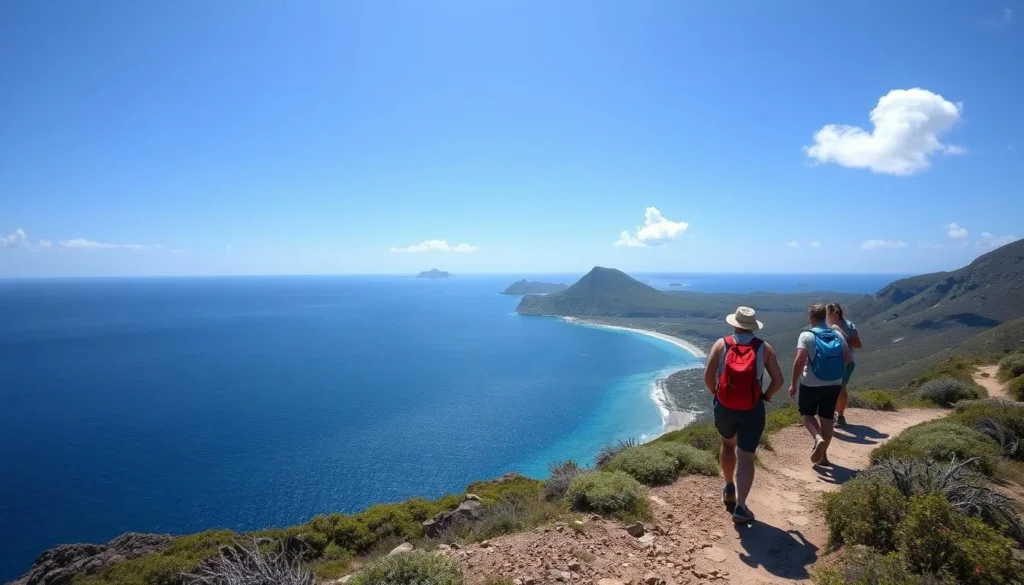
Beyond the shipwreck and salt ponds, Salt Island offers several other worthwhile experiences:
Hiking
Several informal trails crisscross the island, offering spectacular views. The highest point provides panoramic vistas of surrounding islands including Cooper Island, Ginger Island, and Dead Chest Island (of “15 men on a dead man’s chest” pirate lore).
Snorkeling
The waters around Salt Island feature vibrant coral reefs accessible to snorkelers. The shallow sections of the RMS Rhone wreck can be explored without diving equipment, making it accessible to swimmers of all levels.
Beachcombing
The island’s secluded beaches offer excellent opportunities for collecting sea glass, shells, and other treasures. South Bay features a small but pristine beach perfect for a midday swim.
For wildlife enthusiasts, Salt Island hosts numerous bird species, including frigatebirds, brown pelicans, and tropical mockingbirds. The surrounding waters are home to sea turtles, stingrays, and occasionally dolphins.
Off-Grid Adventure Tips
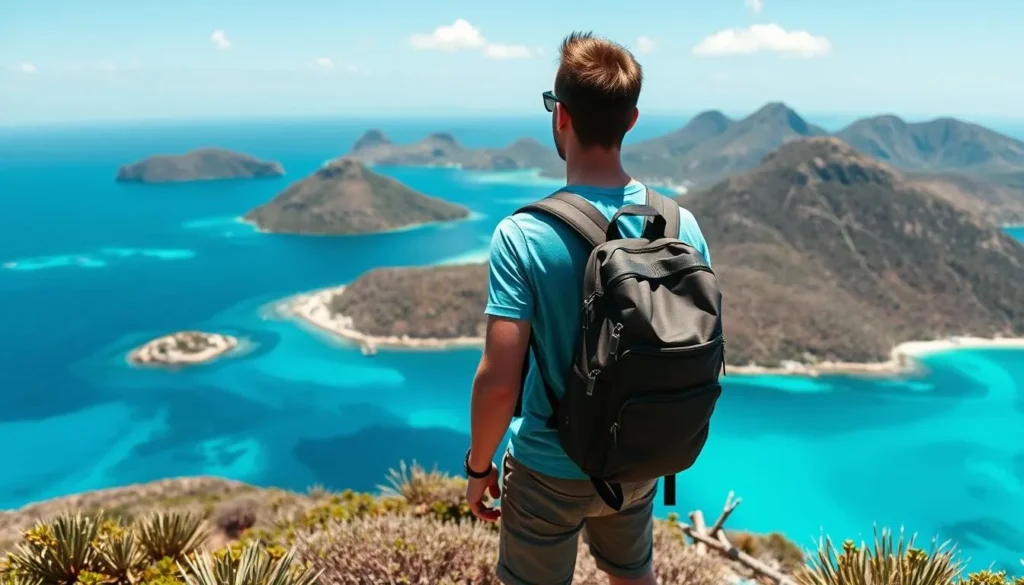
Salt Island offers a true off-grid experience with no facilities, shops, or services. Proper preparation is essential for a safe and enjoyable visit:
What to Bring
Safety Considerations
Important: Salt Island has no trash facilities. Practice “pack in, pack out” principles and take all waste with you when leaving. Respect the island’s natural and historical features by leaving everything as you found it.
Safety, Etiquette & Local Customs
While Salt Island is uninhabited most of the time, you may encounter descendants of original Salt Islanders who occasionally visit or maintain properties there. Show respect by following these guidelines:
The cemetery on Salt Island contains graves of RMS Rhone victims and local residents. Treat this area with appropriate reverence and respect when visiting.
Practical Travel Tips
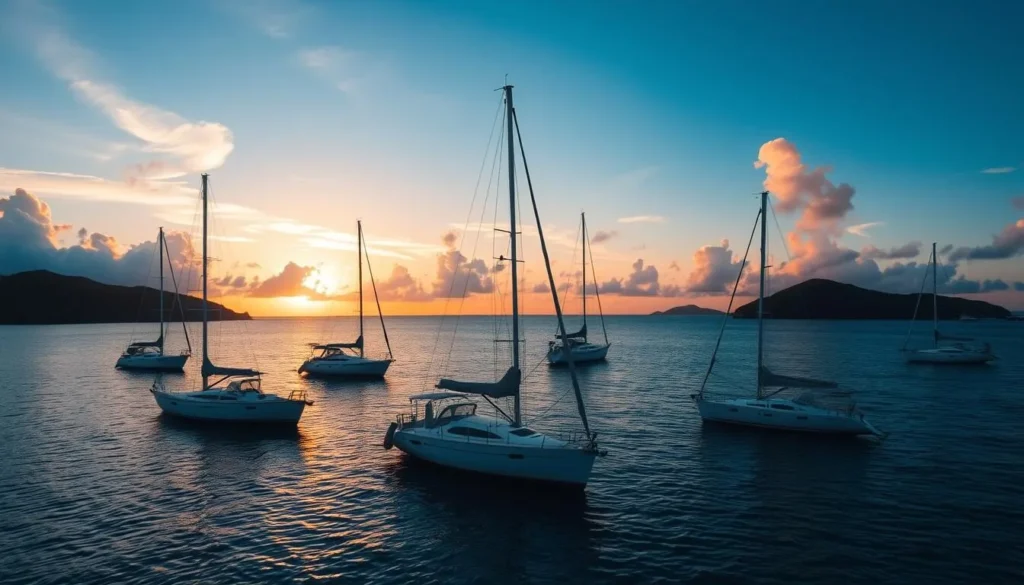
Make the most of your Salt Island adventure with these insider tips:
Complete Your BVI Island-Hopping Adventure
Find flights, accommodations, and transportation all in one place.
Experience the Untouched Beauty of Salt Island
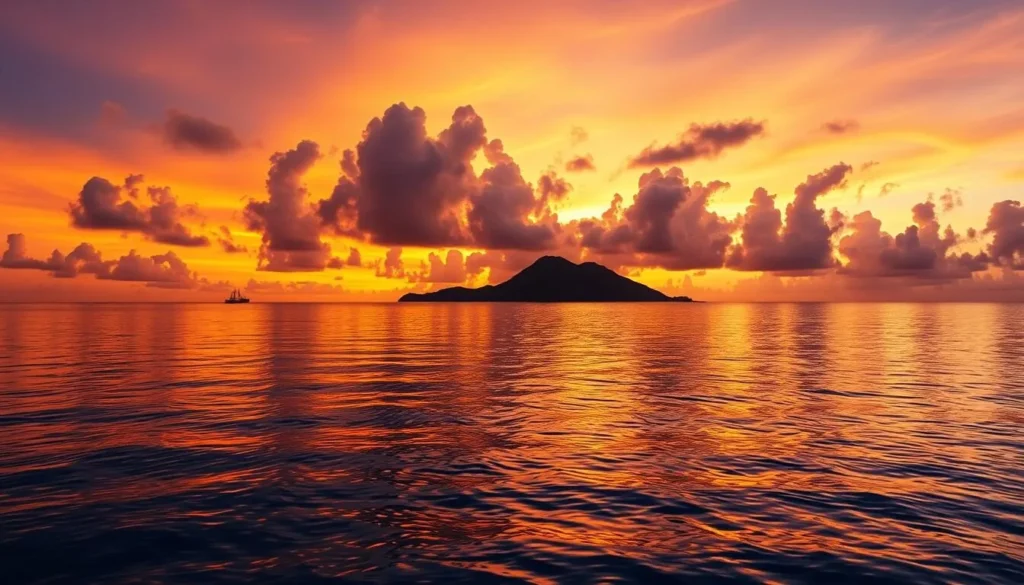
Salt Island doesn’t just whisper history – it shouts adventure. Whether you’re tracing empire-shaping salt trails or freediving past cannons crusted with coral, this speck of land proves the best treasures are often the hardest to find. In an increasingly developed Caribbean, Salt Island stands as a reminder of simpler times, offering visitors a rare glimpse into both natural beauty and human history.
As you plan your British Virgin Islands itinerary, consider setting aside a day for this off-the-beaten-path gem. The memories of swimming through the RMS Rhone, hiking to panoramic viewpoints, and walking the same paths as salt harvesters from centuries past will likely become highlights of your Caribbean adventure. Ready to write your own pirate-era story?
Start Planning Your Salt Island Adventure Today
Find the best travel deals to the British Virgin Islands and create memories that will last a lifetime.
The above is subject to change.
Check back often to TRAVEL.COM for the latest travel tips and deals.
